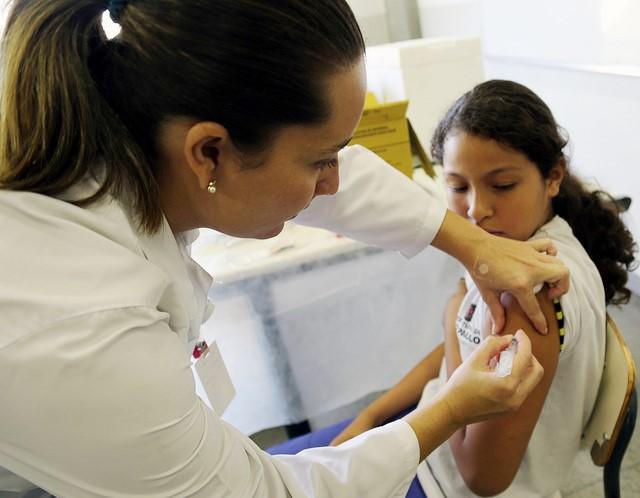
A study conducted in the Cleveland Clinic Health System found that antibiotic prescriptions for respiratory tract infections (RTIs) were 64% more common for virtual vs in-person urgent care settings, researchers reported today in Clinical Infectious Diseases.
Using electronic health record data and ICD-10 diagnostic codes, Cleveland Clinic researchers identified RTI patients who were treated through traditional in-person urgent care or the virtual urgent care platform from 2018 through 2022 and assessed whether the encounter resulted in an antibiotic prescription. COVID-19 encounters were excluded. They then used mixed effect logistics regression to model the odds of a patient receiving an antibiotic prescription by urgent care setting.
There were 69,189 visits to in-person urgent care and 19,003 visits to virtual urgent care during the study period, with 58% of virtual visits resulting in an antibiotic prescription compared with 43% of in-person visits. Sinusitis diagnoses were more than twice as common in virtual care versus in-person visits (34% vs 13%) and in both settings were associated with high rates of antibiotic prescribing (95% in-person, 91% virtual).
Multivariable analysis found that, compared with in-person urgent care, antibiotic prescribing was significantly more common in virtual urgent care visits (adjusted odds ratio [aOR], 1.64; 95% confidence interval [CI], 1.53 to 1.75). The results were similar in an analysis conducted among the 36 clinicians who saw patients in both settings (aOR, 1.71; 95% CI, 1.53 to 1.90).
The platform may be the issue
The study authors say that the higher volume of antibiotic prescribing in virtual urgent care was likely driven by a higher rate of sinusitis diagnoses. But that may have more to do with the platform than the clinicians, they conclude.
"To our knowledge, this is the first to attempt to isolate the role of the platform in antibiotic prescribing," they wrote. "That we found higher prescribing in virtual care suggests that it is the limitations of the platform, and not the clinicians or the health system, that drive higher antibiotic prescribing."
They add that, given its rapid expansion, antibiotic stewardship interventions are needed in virtual urgent care settings.
That we found higher prescribing in virtual care suggests that it is the limitations of the platform, and not the clinicians or the health system, that drive higher antibiotic prescribing.

















